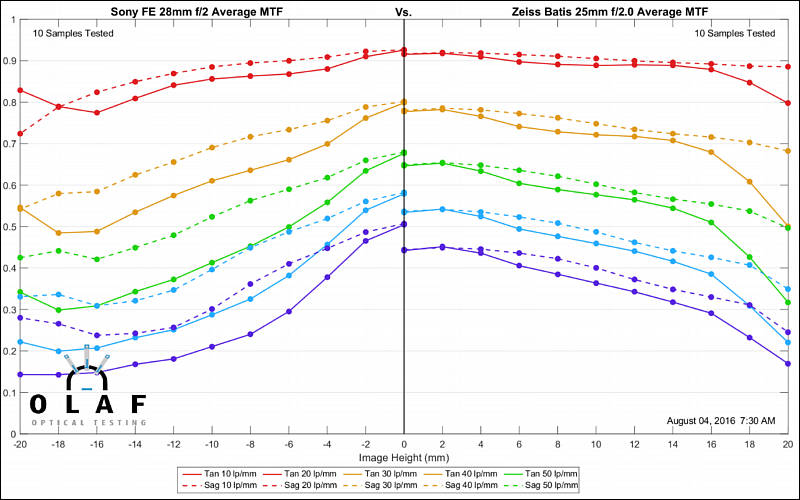
It allows to keep PV going, with more focus towards AI, but keeping be one of the few truly independent places.
-
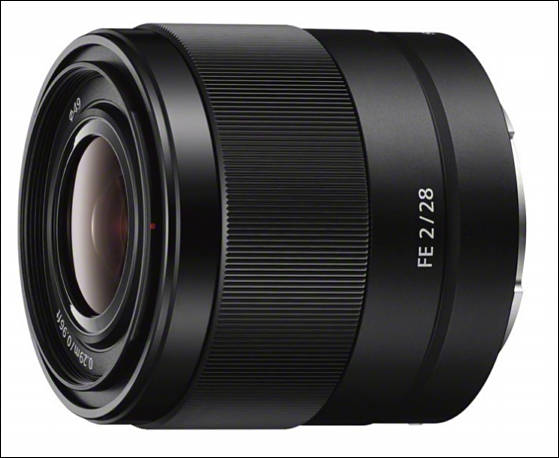
- Aperture Range: f/2 to 22
- Has aspherical, AA, and ED elements
- Internal Focus
- Dust and Moisture Resistant
- Circular 9-Blade Diaphragm
- 200 g
- $448
- http://www.amazon.com/Sony-SEL28F20-2-22-Standard-Prime-Cameras/dp/B00U29GN6O/
PR
An ideal lens to supplement any photographer's basic kit, the new full-frame FE 28mm F2 wide angle prime features a bright F2.0 maximum aperture that's ideal for landscape, low-light handheld shooting and much more.
The light, compact design of the lens is an ideal match for Sony's α7 series full-frame camera bodies, with a high-grade aluminum finish adding instant visual appeal. The FE 28mm F2 has a 9-blade circular aperture, three aspherical lens elements – including one advanced aspherical element – and two ED glass elements that work together to ensure excellent edge-to-edge sharpness and excellent bokeh. All lens surfaces are multi-coated to suppress flare and ghosting with backlit shots. The inner focus mechanism of this wide angle prime is driven by an advanced linear actuator, allowing for whisper-quiet AF. Like the new FE 90mm F2.8 Macro G OSS macro lens, overall lens length will remain constant during focusing.

 nikon10.jpg559 x 458 - 34K
nikon10.jpg559 x 458 - 34K -
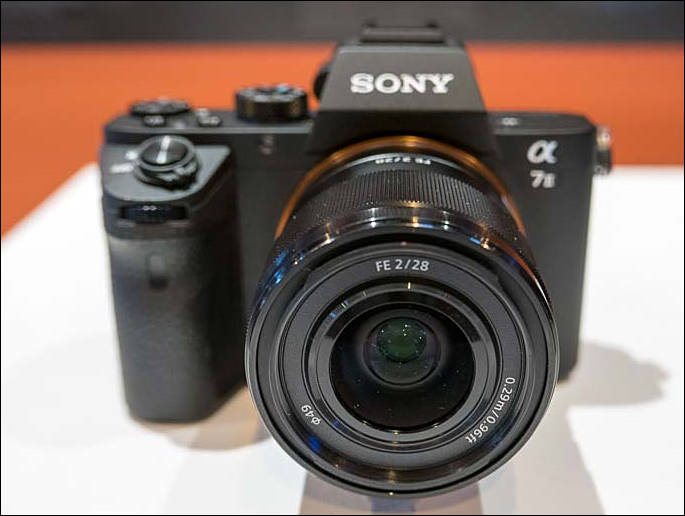
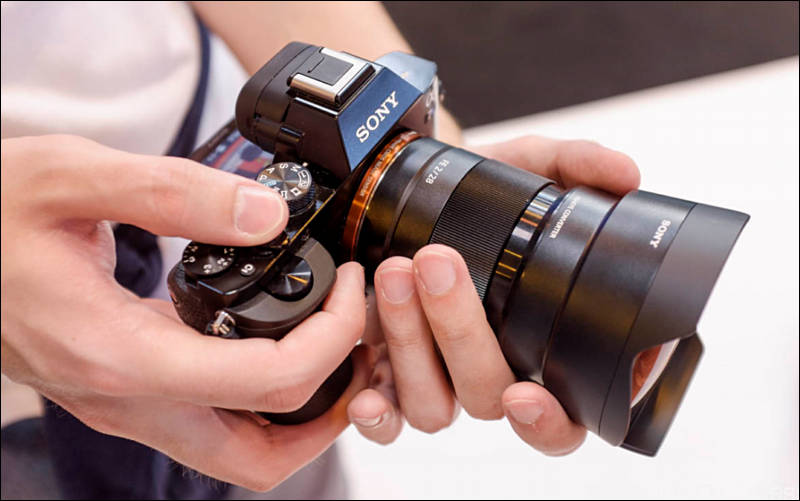

 sales91.jpg685 x 516 - 44K
sales91.jpg685 x 516 - 44K
 sales92.jpg800 x 501 - 52K
sales92.jpg800 x 501 - 52K -

 sales28.jpg800 x 530 - 101K
sales28.jpg800 x 530 - 101K -
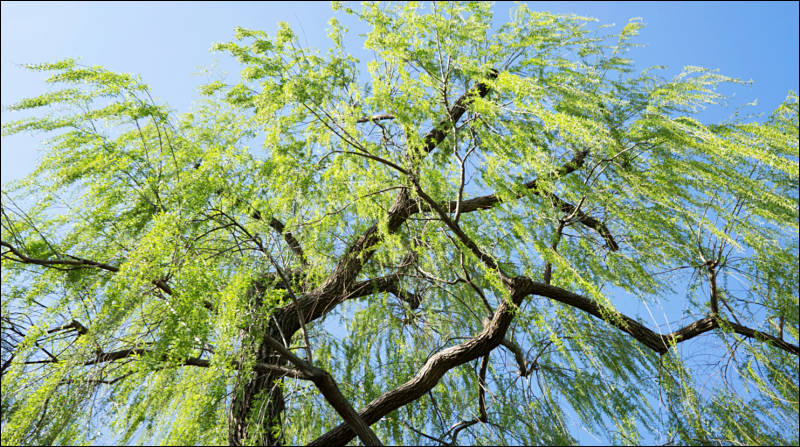
The lens is sharp, produces incredible images and is small enough to go anywhere. The distortion that’s been reported with this lens is on the edges and so is easily corrected in software. After just a day of shooting we can already declare this a must have lens for the Sony shooter.
http://sonymirrorlesspro.com/sony-28mm-f2-samples-and-review-must-have-lens/

 dog_35.jpg800 x 447 - 143K
dog_35.jpg800 x 447 - 143K -

 dog_61.jpg800 x 494 - 92K
dog_61.jpg800 x 494 - 92K -
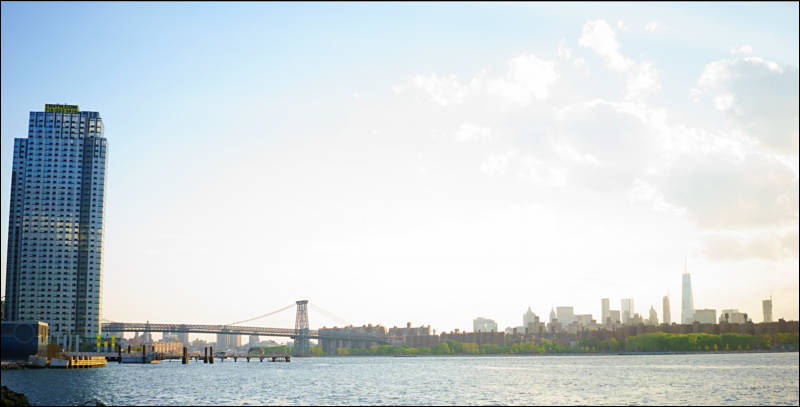
The Sony 28mm f2 has incredible image quality, and it goes to show that folks that tend to snub their noses at Sony lenses should give them another look. The Sony 28mm f2 is not only sharp, but offers very good color, beautiful bokeh for a lens this wide, and very little in the way of image quality issues. Wide open, it will vignette a bit, but you can creatively embrace this.
http://www.thephoblographer.com/2015/05/25/review-sony-28mm-f2-full-frame-e-mount/

 aset27.jpg800 x 407 - 37K
aset27.jpg800 x 407 - 37K -

 sales96.jpg800 x 599 - 79K
sales96.jpg800 x 599 - 79K -
The Sony FE 28mm ƒ/2 offers decent results for sharpness when used wide open, but there's a great deal of improvement to be gained by stopping down. Corners are soft at ƒ/2, especially when mounted on an A7 body, but this is dramatically reduced by stopping down to just ƒ/2.8. The lens is better at ƒ/4 and reaches its peak sharpness at ƒ/5.6 - almost but not quite tack-sharp - where it remains until diffraction limiting starts to become a factor at ƒ/11. Sharpness is still good at ƒ/16, but degrades noticeably at the maximum aperture of ƒ/22.
-

For a sub-five-hundred-dollar lens, it is surprisingly sharp. For the price point though, the 28mm gives you more than you would expect, but you’ll definitely need to stop it down by a fair amount if you want to avoid smudginess on the peripheral areas of your images. The most effective way to shoot wide open with it is by utilizing an intentionally out-of-focus background, where your in-focused subject fills at least a third of your composition. In other words, you’ll have to get close. When used this way, this lens will exceed your expectations.
http://movetomirrorless.com/2015/08/26/sony-fe-28mm-f2-a-closer-look/

 zebra63.jpg800 x 537 - 90K
zebra63.jpg800 x 537 - 90K -
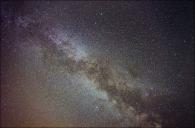
 zebra173.jpg800 x 525 - 85K
zebra173.jpg800 x 525 - 85K -

 zebra264.jpg800 x 533 - 72K
zebra264.jpg800 x 533 - 72K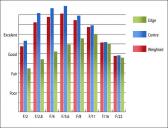
 zebra263.jpg659 x 503 - 56K
zebra263.jpg659 x 503 - 56K -
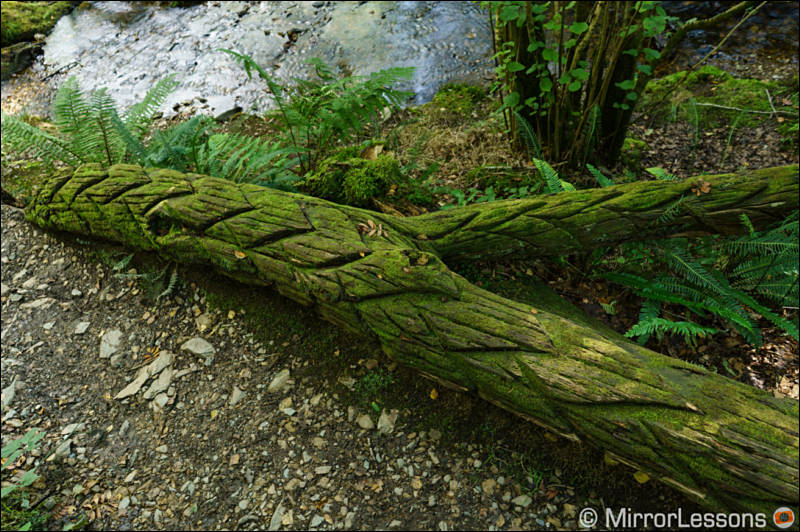
The sharpness of the lens peaks at the center between f/4 and f/5.6 but it still performs well at the faster apertures. At f/16 and f/22 some diffraction gets in the way but the performance remains more than decent. In the corners, the performance isn’t quite as good, with sharpness peaking at around f/8.
http://www.mirrorlessons.com/2015/10/06/sony-28mm-f2-review/

 zebra265.jpg800 x 532 - 133K
zebra265.jpg800 x 532 - 133K -
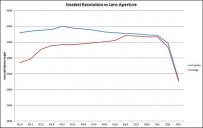
 zebra613.jpg596 x 375 - 27K
zebra613.jpg596 x 375 - 27K -
It looks to me that f/3.2 is the high point for performance.
I wonder how good this lens is for Video?
How fast/easy does it focus manually? Is the focus wheel stiff or loose? How far do you have to turn it?
-
Can't help with your questions, Roger, since I don't own that lens yet, but I'd like to make a general statement.
Sony (together with Zeiss) is obviously doing something quite right with their native lenses if you look up all the discussions about adapting some of the wider rangefinder glass from Leica or Voigtländer. Those symmetrical Biogon lenses were great (albeit very expensive) for film, but have massive problems on chips, some even on Leica's own.
OTOH, classical retrofocus constructions are not that great either, as those of us know who are not only using their center part, but full frame. The 25mm Contax C/Y which I owned for my GH2 had to go after I got me an A7S and it showed such bad corners. Their new Batis seems to outclass it by far. The only wide I kept was the 18mm, but that one is slow (never wanted to hunt down a 21mm considering price and weight).
It's obviously an advantage that Zeiss has been making both retrofocus (like C/Y) and symmetrical (think Contax G) wides for decades. If you look at Sonys native FE primes, theres not a single one that disappoints and the prices are quite fair! The 55mm for example (which I had for a test) is so close to an Otus, but for a fraction of the price. Canikon, watch out!
-

 zebra803.jpg800 x 459 - 76K
zebra803.jpg800 x 459 - 76K -
Sony 28mm f2 VS Minolta 28mm f2.8
-
This is the picture normal user have in his mind while reading Ken reviews
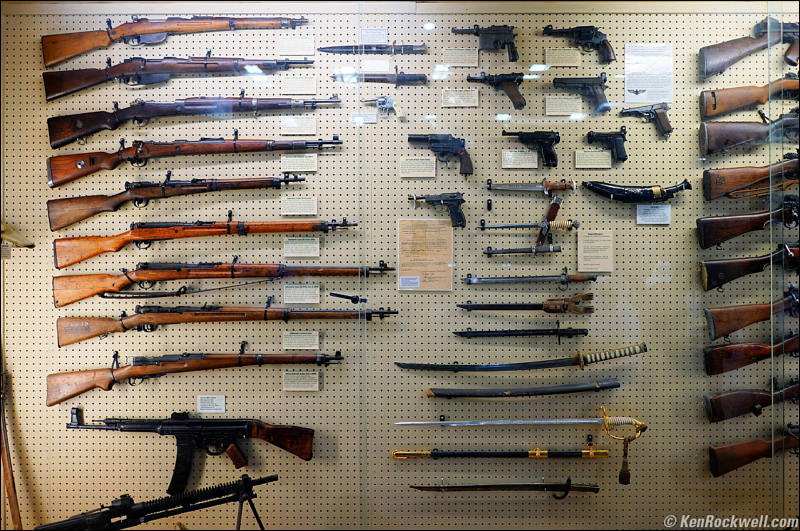

 s242.jpg800 x 531 - 146K
s242.jpg800 x 531 - 146K -
I admire the sharpness of the stuff for serious wars in the lower left. Oh, how all of this is going to get used when hell brakes loose in the US (cars are so inefficient). The ones left after that will value the fantastic resolution for their history books…
On a more serious (?) note: if he talks about distortion in this picture, why not shoot one raw to see it uncorrected?
@MikeLinn
I'd expect the Minolta to do quite well in comparison for situations like the ones shot here, but the main difference would show when provoking some flares.
Howdy, Stranger!
It looks like you're new here. If you want to get involved, click one of these buttons!
Categories
- Topics List23,979
- Blog5,725
- General and News1,352
- Hacks and Patches1,153
- ↳ Top Settings33
- ↳ Beginners255
- ↳ Archives402
- ↳ Hacks News and Development56
- Cameras2,362
- ↳ Panasonic991
- ↳ Canon118
- ↳ Sony156
- ↳ Nikon96
- ↳ Pentax and Samsung70
- ↳ Olympus and Fujifilm100
- ↳ Compacts and Camcorders300
- ↳ Smartphones for video97
- ↳ Pro Video Cameras191
- ↳ BlackMagic and other raw cameras116
- Skill1,961
- ↳ Business and distribution66
- ↳ Preparation, scripts and legal38
- ↳ Art149
- ↳ Import, Convert, Exporting291
- ↳ Editors191
- ↳ Effects and stunts115
- ↳ Color grading197
- ↳ Sound and Music280
- ↳ Lighting96
- ↳ Software and storage tips267
- Gear5,414
- ↳ Filters, Adapters, Matte boxes344
- ↳ Lenses1,579
- ↳ Follow focus and gears93
- ↳ Sound498
- ↳ Lighting gear314
- ↳ Camera movement230
- ↳ Gimbals and copters302
- ↳ Rigs and related stuff272
- ↳ Power solutions83
- ↳ Monitors and viewfinders339
- ↳ Tripods and fluid heads139
- ↳ Storage286
- ↳ Computers and studio gear560
- ↳ VR and 3D248
- Showcase1,859
- Marketplace2,834
- Offtopic1,319














